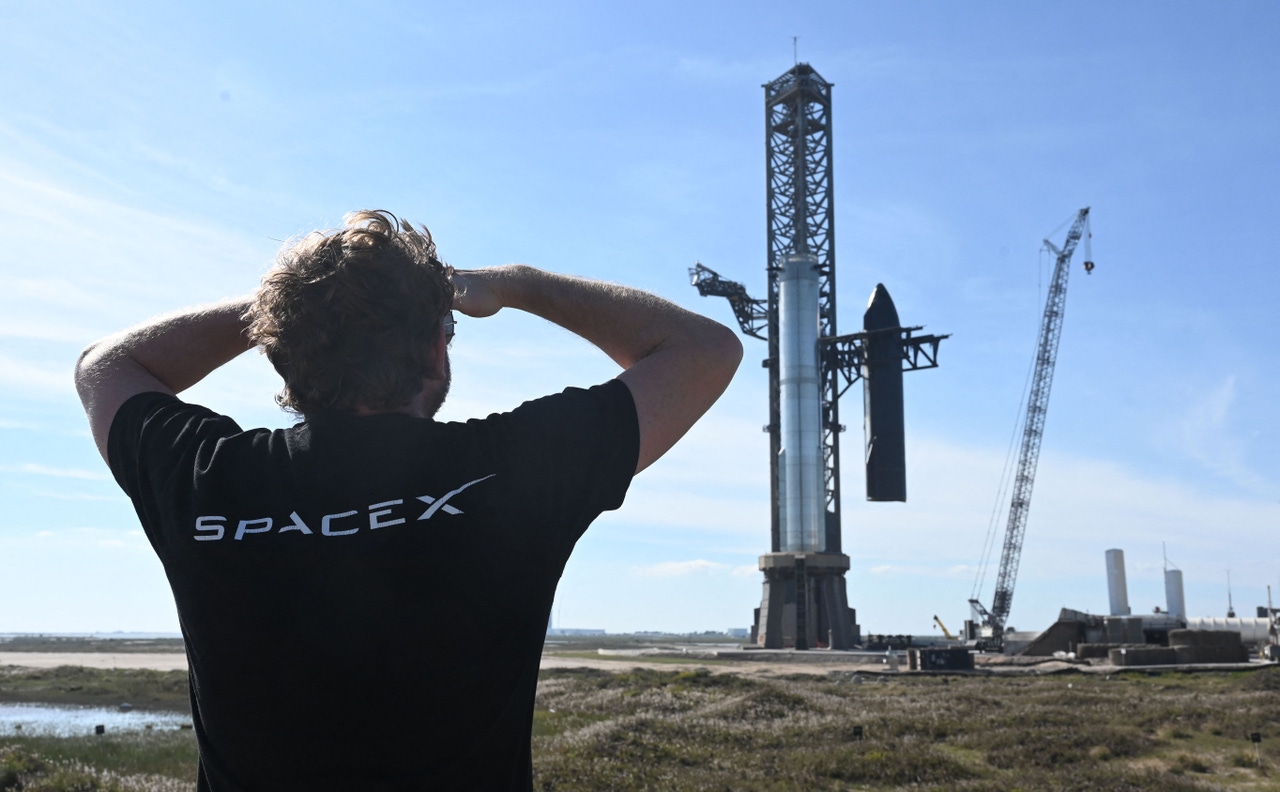SpaceX Launches First Direct-to-Smartphone Satellites
The satellites will act as cell towers in space, enabling connectivity in previously “dead” zones

SpaceX has launched the first set of Starlink satellites that can directly connect to mobile phones, after receiving approval to begin testing their capabilities in the United States.
Six of the intended 21 total Starlink satellites launched on a Falcon 9 rocket on Jan 2 from California’s Vandenberg Space Force Base.
Elon Musk, writing on X, said the service “will allow for mobile phone connectivity anywhere on Earth,” though he added that the service is “not meaningfully competitive with existing terrestrial cellular networks.”
According to the company website, the service is designed to enable “ubiquitous coverage,” offering connectivity for texting, calling and browsing whether on “land, lakes or coastal waters.”
The Direct to Cell service will also connect IoT devices with common LTE standards.
SpaceX said the texting capabilities of the service will begin operating later this year, in partnership with cellular operators such as T-Mobile US. Voice and data connectivity and IoT connectivity are slated to launch in 2025.
In a press release, T-Mobile confirmed the satellites had reached low Earth orbit.
“Now that the satellites are in low-Earth orbit, field testing can soon begin on the new service that will leverage SpaceX’s constellation of satellites with Direct to Cell technology and T-Mobile’s industry-leading wireless network,” the company said.
“Today’s launch is a pivotal moment for this groundbreaking alliance with SpaceX and our global partners around the world, as we work to make dead zones a thing of the past,” said Mike Katz, T-Mobile’s president of marketing.
The Federal Communications Commission (FCC) granted the satellite test and covers 180 days. In its application, SpaceX told the FCC that it expected to deploy 840 direct-to-cell satellites over the 180 days, transmitting 4G connectivity to around 2,000 test devices.
About the Author
You May Also Like








